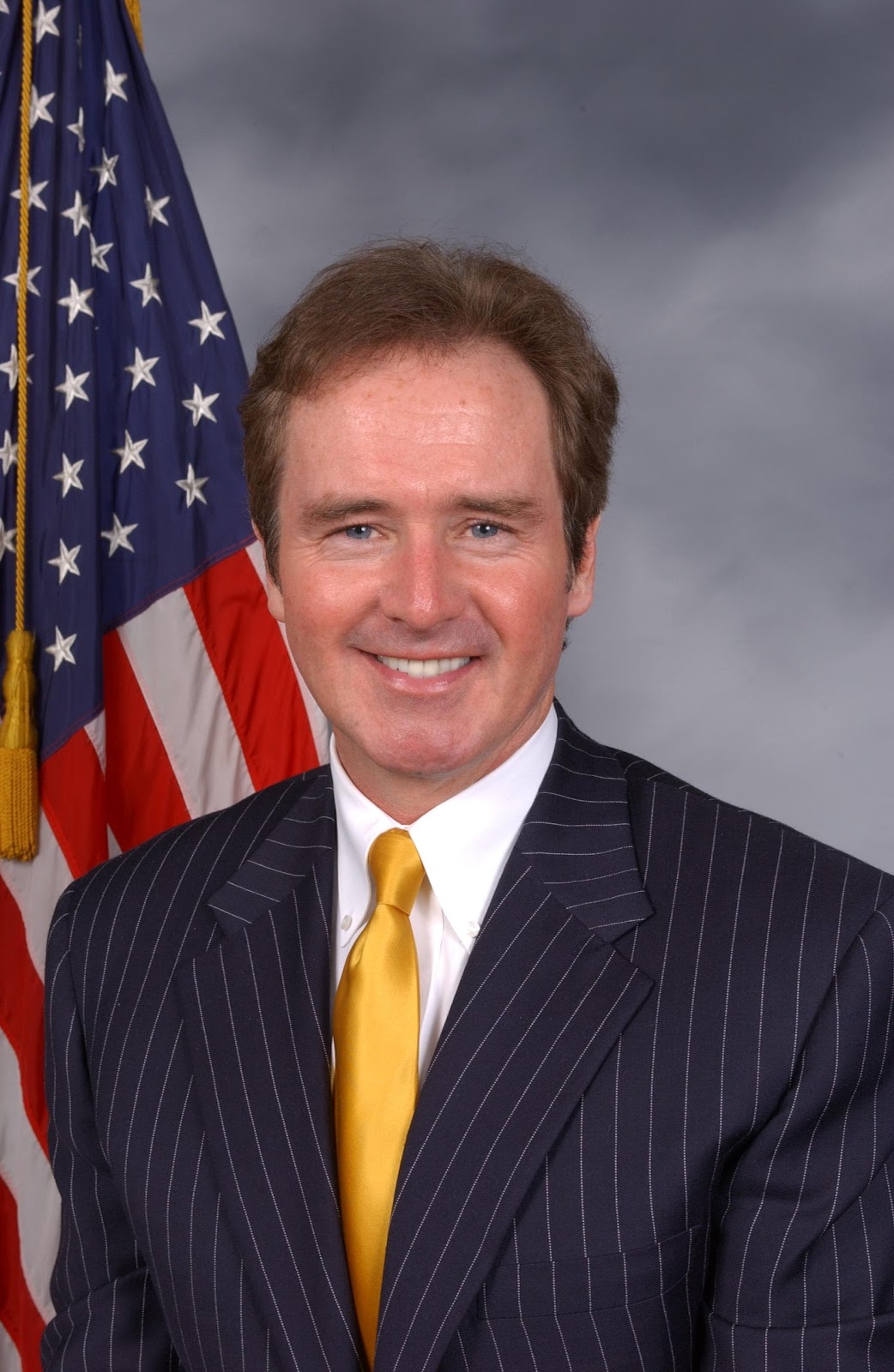PRESS RELEASE
 Congressman Brian Higgins (NY-26), a member of the Congressional Great Lakes Task Force, announced continued efforts to protect and invest in the Great Lakes.
Congressman Brian Higgins (NY-26), a member of the Congressional Great Lakes Task Force, announced continued efforts to protect and invest in the Great Lakes.
Higgins said, “Efforts to restore the Great Lakes are building stronger, healthier communities. The results are measurable, but our work continues to protect this valuable fresh water resource.”
According to the U.S. Environmental Protection Agency (EPA), thirty percent of invasive species in the Great Lakes have been introduced by ballast water, water taken in and then discharged to balance ships. Invasive species pose a threat to the long-term health of the lake ecosystem.
The bill authorizes funding for coastal aquatic invasive species mitigation, administered by the Commerce Department and the National Fish and Wildlife Foundation. State and local governments, nongovernmental organizations, and higher education institutions will be eligible to receive grants from a total of $5 million annually to prevent and respond to invasive species and restore habitats that have been affected by them. The legislation also establishes a Great Lakes and Lake Champlain Invasive Species Monitoring Program led by the EPA in collaboration with the U.S. Fish and Wildlife Service, the National Oceanic and Atmospheric Administration (NOAA), the Coast Guard, and the U.S. Geological Survey. The program, authorizes $50 million each year for 2019 through 2023, would monitor the Great Lakes system, develop ballast water management systems, and prevent the spread of aquatic invasive species. In addition the bill authorizes up to $167.5 million per year for shoreside infrastructure. Approved by the Senate and House, the Coast Guard Authorization Act now moves to the President for his signature.
Higgins and 42 other Members also recently sent a letter to the Budget Director calling on the administration to fully fund the Great Lakes Restoration Initiative (GLRI) at $300 million for fiscal year 2020. Budget planning is currently underway with the President’s proposed budget for 2020 due to Congress in early February.
A study released by the University of Michigan in September, shows that each federal dollar invested in Buffalo through the GLRI yields $4 in additional economic activity, a higher rate than the average of $3.35 across all the GLRI areas.
In the letter to Budget Director Mulvaney the members point out, “According to the report, environmental restoration of our nation’s largest source of drinking water is creating new real estate and commercial development, particularly in waterfront areas, resulting in a resurgence in water-based, outdoor recreation and increasing tourism across the region, increasing housing options and home values, and increasing the number of young people remaining in or relocating to Great Lakes Communities”.
The Buffalo River and Niagara River are among 27 “Areas of Concern” identified by the U.S. Environmental Protection Agency (EPA) as priority sites for GLRI investments. Over $71 million in federal resources have been invested in Western New York projects through the Great Lakes Restoration Initiative.


